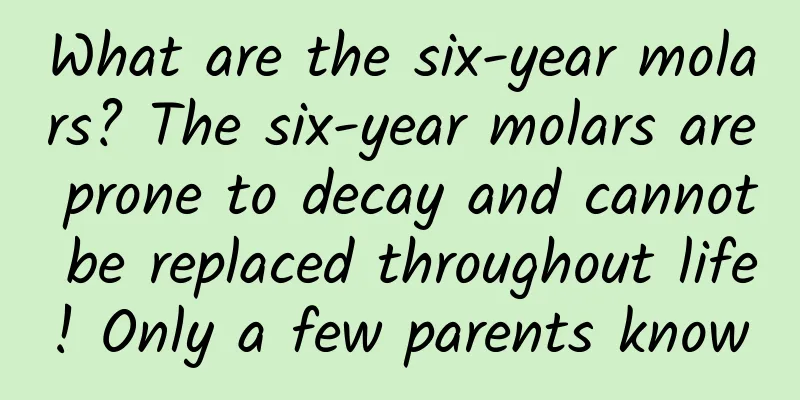Bright red heavy bleeding during ovulation

|
Ovulation bleeding. Since both are bleeding, many people confuse ovulation bleeding with menstrual bleeding. It should be said that menstrual bleeding is a very normal phenomenon. Many women will experience this 2-3 days after the end of their period. If the amount of bleeding is not particularly large, there is no need to make a fuss, just maintain a good attitude. If the amount of bleeding is very large and bright red, it should be taken seriously. Ovulation bleeding is bright red In fact, ovulation bleeding, also known as mid-menstrual bleeding, refers to a small amount of bleeding between two normal menstrual periods, which usually occurs about 14 days before menstruation. The most obvious symptom of ovulation bleeding is uterine bleeding. Generally, the amount of bleeding is small. Sometimes there is only brown secretion. In very rare cases, it stops with a few drops, or there is blood in the vagina. Some bleeding lasts for several hours, or stops on its own after 2-3 days. In addition to a small amount of vaginal bleeding, ovulation bleeding is also accompanied by lower abdominal pain or back pain, which is more common on one side and sometimes bilateral abdominal pain, which can be mild or severe. It usually lasts for several hours, and in some patients it can last for 2 to 3 days. Therefore, many people think that it is wrong for ovulation bleeding to be bright red. Treatment of ovulatory bleeding 1. Pay attention to your physical health. To increase nutrition, eat more protein-rich foods as well as vegetables and fruits. In life, balance work and rest, avoid heavy physical labor and strenuous exercise, get enough sleep, and be in a good spirit. 2. Use drugs to stop bleeding. There are two methods of stopping bleeding with drugs: one is to make the endometrium fall off completely; the other is to make the endometrium grow. 3. Restore ovarian function and regulate menstrual cycle. For ovulatory functional uterine bleeding, injection of human chorionic gonadotropin before ovulation may regulate the menstrual cycle. 4. Treatment with traditional Chinese medicine. Traditional Chinese medicine has unique advantages in treating and regulating endocrine function and stopping bleeding, so you should seek treatment from a traditional Chinese medicine practitioner when appropriate. All of the above-mentioned drug treatments must be carried out under the guidance of a doctor and must not be taken on your own without authorization, because the effects of endocrine-regulating drugs are very complex and improper use can cause serious menstrual disorders. If you only experience ovulation bleeding symptoms a few times occasionally, you don't need to worry too much, it won't have any impact. However, if ovulation bleeding occurs for a long time, and the amount is large, and there is pain in the lower abdomen, you should pay attention. You should go to the hospital for examination in time to determine the cause so that the doctor can take targeted treatment to reduce delays that may lead to worsening of the disease and affect reproductive function. |
<<: What fruits can you eat during breastfeeding?
>>: What does the head position shown on B-ultrasound mean?
Recommend
Precautions for estrogen testing in women
As we all know, hormone tests can basically refle...
What should I do if I have breast hyperplasia?
Breast hyperplasia can cause our breasts to be un...
What is premenstrual syndrome?
Women have their period every month, but many wom...
How long does it take for the effect of abortion anesthetic to wear off?
Abortion is the most common gynecological surgery...
Will I have a boy if I get acne during early pregnancy?
For pregnant women, physical health is the most i...
Breast cancer negative
Severe breast cancer can threaten the patient'...
Ten days after sex, a bar was found
Women are most likely to get pregnant when having...
Can I have a physical examination right after my period ends?
We should all have regular physical examinations,...
Hyperuricemia: 12 things you need to know
The origin of hyperuricemia day "4·20" ...
What tests should be done for female hair loss
Hair loss is scary for everyone. Many people suff...
My period is very rare.
Menstruation is a normal physiological reaction t...
Why do I need to fast for the 37-week prenatal checkup?
The fetus at 36 weeks of pregnancy is already ful...
Why does a 12-year-old have millet-sized pimples on his face?
Many people in life believe that millet-sized pim...
Will mold during pregnancy affect the fetus?
The place where mold is most likely to appear is ...









